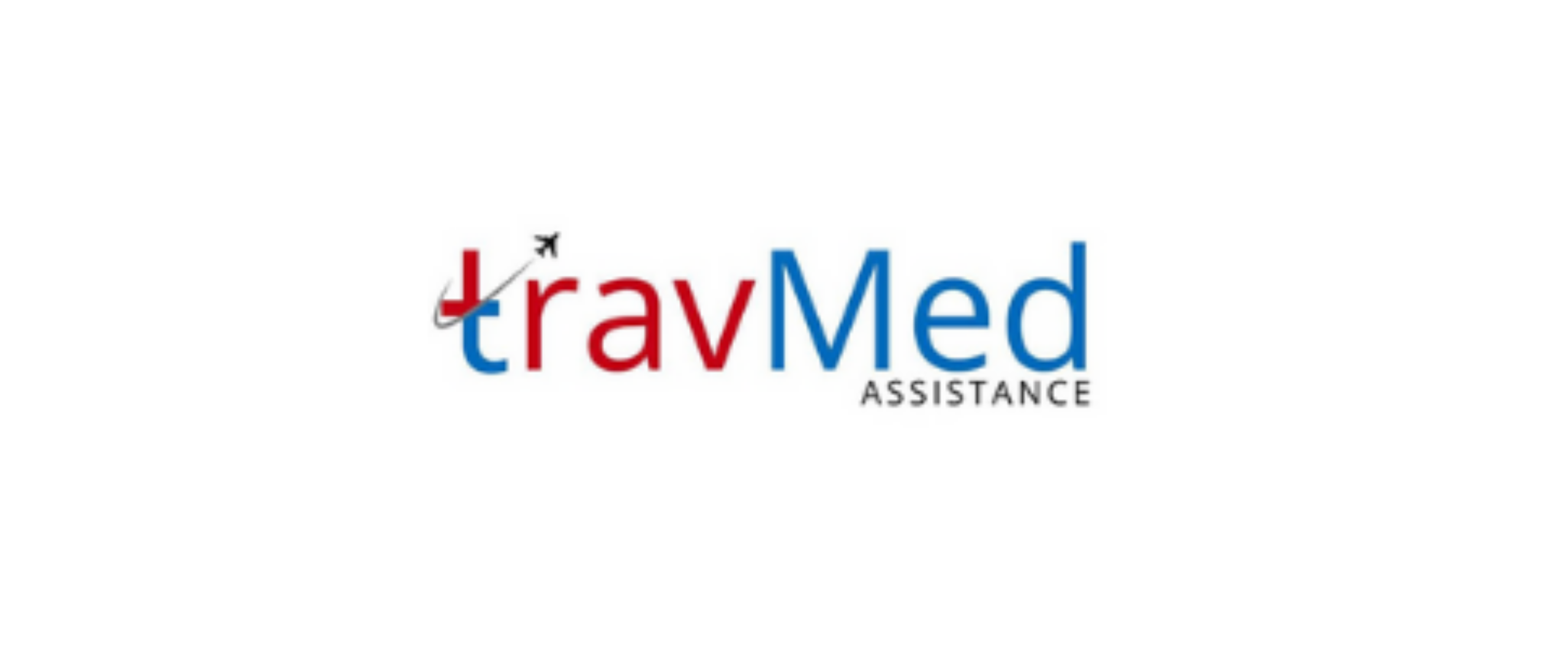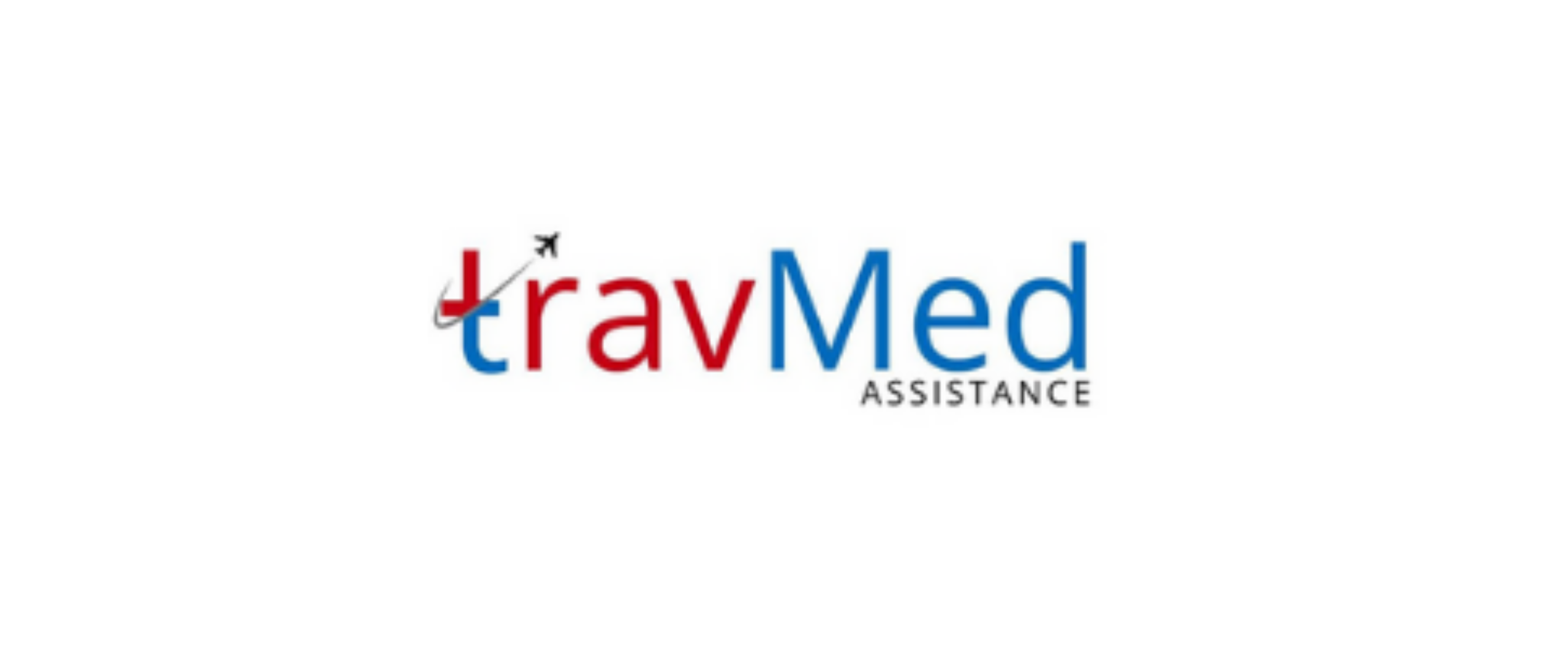
Cost containment in Nepal refers to the strategic measures and practices implemented to control and reduce healthcare expenses while maintaining quality care. This approach aims to optimize medical costs for patients, insurance companies, and healthcare providers. In the Nepalese context, cost containment involves negotiating lower rates with hospitals, reviewing medical bills for accuracy, and ensuring appropriate utilization of medical services. The process helps prevent overcharging, unnecessary treatments, and fraudulent claims. Cost containment services in Nepal play a crucial role in managing healthcare expenses, especially for international patients and insurance companies dealing with medical claims in the country.
Who provides cost containment services?
In Nepal, cost containment services are primarily provided by specialized third-party administrators (TPAs) and assistance companies. These organizations act as intermediaries between healthcare providers, patients, and insurance companies. Some prominent providers of cost containment services in Nepal include:
- International assistance companies with local offices
- Nepalese TPAs specializing in healthcare management
- Insurance companies with in-house cost containment departments
- Medical auditing firms
- Healthcare consulting agencies
These service providers employ medical professionals, claims specialists, and negotiators who work together to analyze medical bills, negotiate rates, and ensure appropriate healthcare utilization. They maintain networks of hospitals and clinics across Nepal to facilitate cost-effective medical care for their clients.
How does cost containment work in Nepal?
Cost containment in Nepal operates through a systematic process involving multiple steps:
- Case notification: The patient or insurance company informs the cost containment provider about a medical case.
- Provider selection: The cost containment service recommends appropriate healthcare facilities from their network.
- Pre-authorization: For planned treatments, the service reviews and approves the proposed medical procedures.
- Case monitoring: During treatment, the service monitors the patient’s progress and medical necessity of procedures.
- Bill review: After treatment, the provider thoroughly examines the medical bill for accuracy and appropriateness.
- Negotiation: If discrepancies are found, the service negotiates with the hospital to adjust charges.
- Final settlement: Once an agreement is reached, the cost containment provider facilitates the payment process.
This process ensures that patients receive necessary medical care while controlling costs and preventing overcharging or unnecessary treatments.
What sectors use cost containment services?
Cost containment services in Nepal are utilized by various sectors involved in healthcare financing and management:
- International travel insurance companies
- Domestic health insurance providers
- Corporate entities with employee health benefits
- Government health insurance programs
- Assistance companies serving international clients
- Self-insured organizations
- Medical tourism facilitators
- Embassies and diplomatic missions
- Non-governmental organizations (NGOs) providing healthcare services
These sectors rely on cost containment services to manage their healthcare expenses effectively, ensure appropriate utilization of medical services, and protect against fraudulent claims. The use of these services helps maintain the financial sustainability of health insurance programs and corporate health benefits in Nepal.
What documents are required for cost containment?
To facilitate effective cost containment in Nepal, several documents are typically required:
- Medical reports and diagnosis details
- Treatment plans and prescriptions
- Itemized hospital bills
- Admission and discharge summaries
- Investigation reports (lab tests, imaging studies)
- Surgical notes (if applicable)
- Medication administration records
- Consent forms for procedures
- Insurance policy documents
- Passport and visa copies (for international patients)
- Police reports (in case of accidents or injuries)
These documents enable cost containment providers to thoroughly review medical cases, verify the necessity of treatments, and accurately assess the appropriateness of charges. Proper documentation is essential for effective negotiation with healthcare providers and resolution of any billing discrepancies.
How much do cost containment services cost?
The cost of cost containment services in Nepal varies depending on the scope of services and the complexity of medical cases. Typically, these services are charged as a percentage of the total savings achieved or as a flat fee per case. Some common pricing models include:
- Percentage of savings: 15-25% of the amount reduced from the original bill
- Flat fee per case: NPR 5,000 – NPR 20,000, depending on case complexity
- Monthly retainer: For organizations with high case volumes
- Per-member-per-month (PMPM) fee: For insurance companies and large corporate clients
Many cost containment providers offer customized pricing based on the client’s specific needs and case volume. The fees are often offset by the significant savings achieved through bill negotiations and prevention of overcharging, making cost containment services a cost-effective solution for managing healthcare expenses in Nepal.
How are medical expenses reduced in Nepal?
Medical expenses in Nepal are reduced through various strategies employed by cost containment services:
- Network rates negotiation: Establishing pre-agreed discounted rates with hospitals and clinics.
- Bill auditing: Thoroughly reviewing medical bills to identify and rectify overcharges or errors.
- Medical necessity review: Ensuring that all procedures and treatments are medically necessary and appropriate.
- Utilization management: Monitoring the length of hospital stays and use of medical services to prevent unnecessary extensions.
- Preferred provider networks: Directing patients to cost-effective healthcare facilities with quality services.
- Generic medication substitution: Recommending the use of generic drugs when appropriate to reduce pharmacy costs.
- Package deals negotiation: Arranging fixed-price packages for common procedures to avoid unexpected charges.
- Second opinion services: Providing expert medical opinions to confirm the necessity of expensive treatments or surgeries.
These strategies help in significantly reducing medical expenses while maintaining the quality of healthcare services provided to patients in Nepal.
Are services available nationwide in Nepal?
Cost containment services in Nepal are primarily concentrated in major cities and urban areas, with Kathmandu being the central hub. However, many providers are expanding their networks to cover a wider geographical area. The availability of services nationwide can be summarized as follows:
- Major cities (Kathmandu, Pokhara, Biratnagar): Comprehensive services available
- Regional centers (Nepalgunj, Birgunj, Dharan): Good coverage with some limitations
- Remote areas and rural regions: Limited services, often requiring patient transfer to urban centers
Cost containment providers are continuously working to expand their networks and partnerships with healthcare facilities across Nepal. For cases in remote areas, these services often coordinate air ambulance or ground transport to ensure patients receive appropriate care while maintaining cost control measures.
How reliable are providers of these services?
The reliability of cost containment service providers in Nepal varies, but established companies generally maintain high standards of service. Factors contributing to their reliability include:
- Accreditation from international bodies like URAC or NAMA
- Partnerships with reputable international assistance companies
- Compliance with ISO standards for quality management
- Employment of qualified medical professionals and claims specialists
- Regular audits and quality control measures
- Positive feedback from clients and insurance companies
- Transparent reporting and communication practices
- Adherence to ethical billing and negotiation practices
To ensure reliability, clients should research providers thoroughly, check references, and review case studies of successful cost containment interventions. It’s advisable to work with established providers that have a proven track record in the Nepalese healthcare market.
Can cost containment handle fraud cases?
Yes, cost containment services in Nepal are equipped to handle and prevent fraudulent cases in the healthcare sector. Their fraud management capabilities include:
- Detailed bill auditing to identify inflated charges or phantom services
- Cross-verification of medical records with billed items
- Analysis of treatment patterns to detect unnecessary procedures
- Investigation of suspicious claims or unusual billing practices
- Collaboration with insurance companies’ fraud detection units
- Use of data analytics to identify outlier cases and potential fraud indicators
- Maintenance of a database of known fraudulent providers or schemes
- Training staff in fraud detection and prevention techniques
Cost containment providers work closely with legal experts and law enforcement agencies when fraud is detected. Their proactive approach helps in preventing fraudulent activities and protecting clients from financial losses due to healthcare fraud in Nepal.
How do I access cost containment services?
To access cost containment services in Nepal, follow these steps:
- Research reputable cost containment providers operating in Nepal.
- Contact selected providers to discuss your specific needs and requirements.
- Request proposals or quotes from multiple providers for comparison.
- Review the scope of services, pricing models, and contract terms offered.
- Check the provider’s network of healthcare facilities in Nepal.
- Verify the provider’s credentials, experience, and client references.
- Negotiate and finalize a service agreement with the chosen provider.
- Establish communication protocols for case notifications and updates.
- Integrate the cost containment service into your existing healthcare management process.
- Provide necessary documentation and information for each medical case.
For individuals, access to these services is often through their insurance company or assistance provider. Organizations can directly contract with cost containment services for ongoing support in managing healthcare expenses in Nepal.
How is service quality monitored in Nepal?
Service quality in cost containment is monitored through various mechanisms in Nepal:
- Regular client satisfaction surveys and feedback collection
- Key Performance Indicator (KPI) tracking (e.g., average savings percentage, case resolution time)
- Internal quality audits and peer reviews of case management
- External audits by accreditation bodies or partner organizations
- Continuous staff training and competency assessments
- Analysis of complaint and grievance records
- Benchmarking against industry standards and best practices
- Regular review meetings with healthcare providers and insurance partners
- Monitoring of turnaround times for case processing and bill negotiations
- Tracking of successful appeals and dispute resolutions
Cost containment providers in Nepal often implement quality management systems and may seek ISO certifications to ensure consistent service quality. They also stay updated with changes in healthcare regulations and insurance policies to maintain high-quality service standards.


